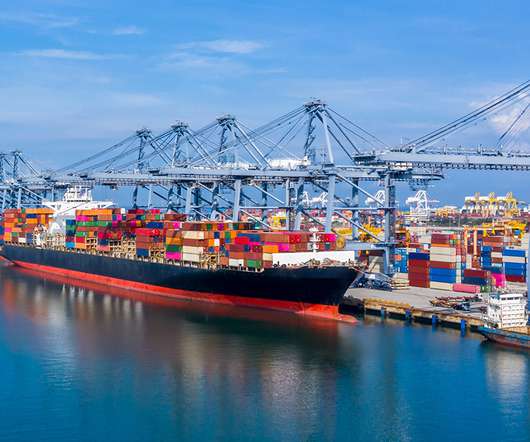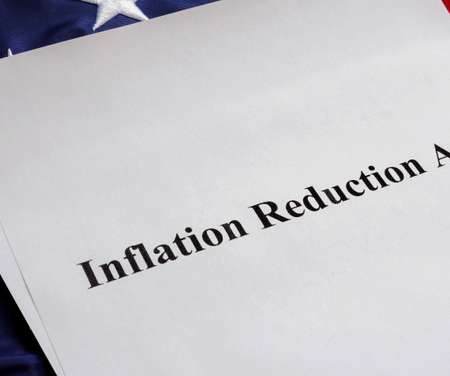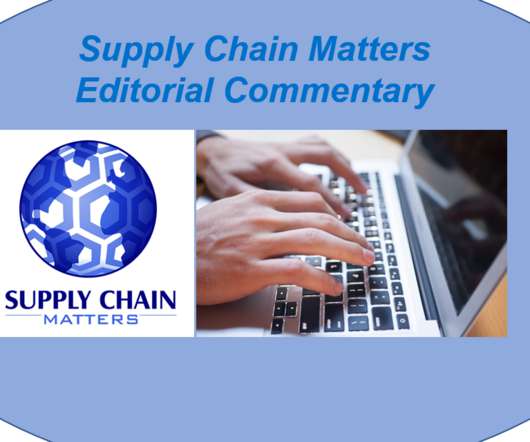Can You Predict Supply Chain Disruptions in an Unpredictable World?
Logility
OCTOBER 18, 2022
Prior to the pandemic, efficiency meant just-in-time manufacturing, but disruptions exposed the flaw in this approach. Production halts, container and transport shortages, and port logjams are just a few of the factors eating away at both efficiency and profits. Then came Russia’s invasion of Ukraine.















Let's personalize your content